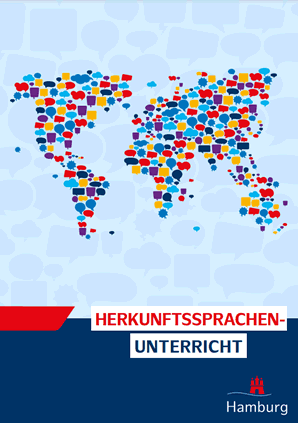Teaching home languages
For more than two decades, the Hamburg Education Authority has been offering home language courses for learners. In 2020-21, these included Albanian, Arabic, Bosnian, Chinese, Farsi, Italian, Polish, Portuguese, Russian, Spanish and Turkish.
The aim of these courses is to introduce learners to reflective observation of how languages work, as well as to the types of written text in the language of schooling which they will use in class. This enables them to develop competences in the language of schooling as well as in other school subjects. Intercultural competences are also developed using a comparative approach by enabling learners to acquire knowledge about their country of origin and to make links with their life in Germany. Learners are encouraged to become aware of the common features, similarities and differences between different ways of life and perspectives, thus opening themselves up to co-existence based on respect and tolerance. In short, learners develop their ability to find their way around and interact successfully in different linguistic, ethnic, religious, social and cultural realities.

Home languages have gradually been integrated into schools and curricula. Hamburg's education authorities are responsible for education from primary school through to the Abitur, which is the final exam for upper secondary education.
Teaching is provided by qualified teachers based on the home language syllabus.
View pdf